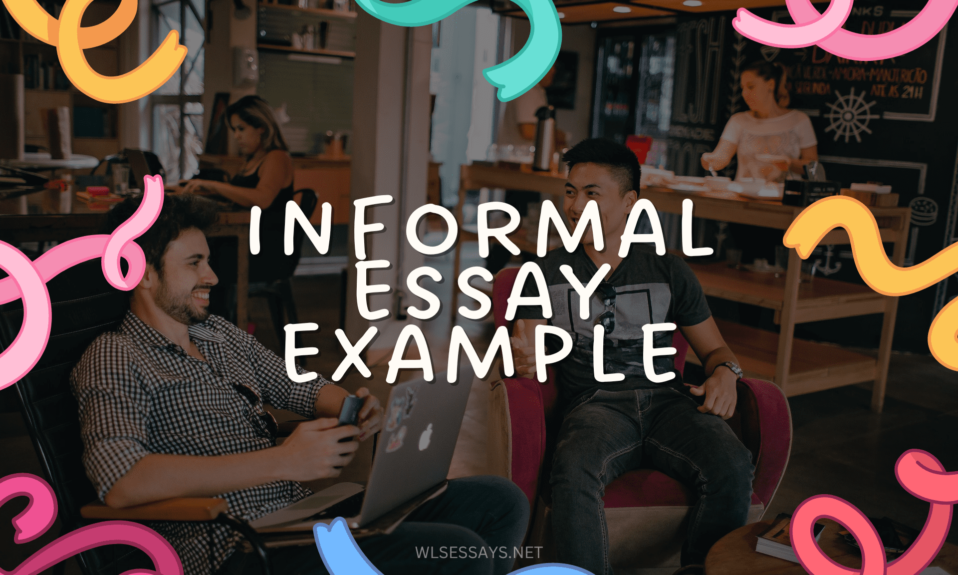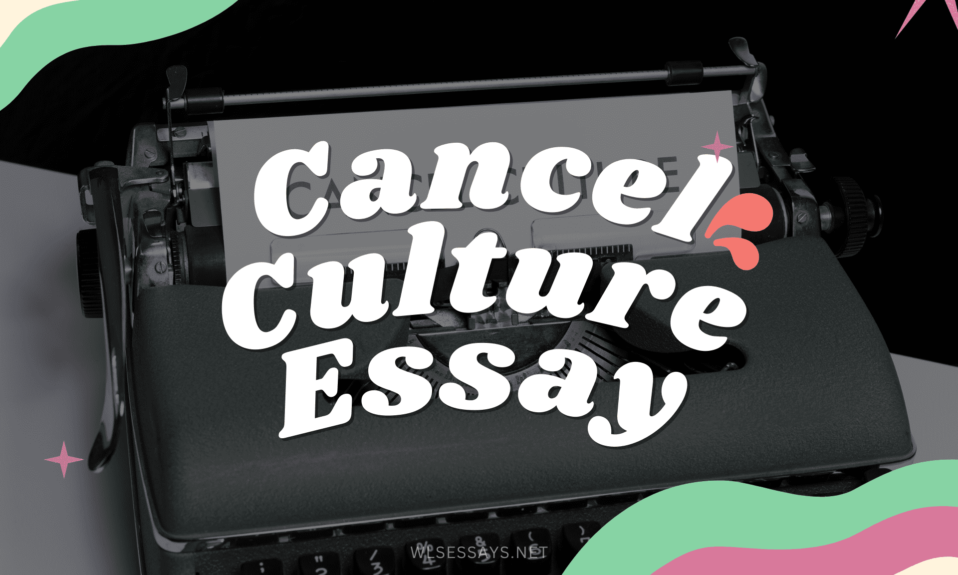With the increasing use of photography to record events, many people wonder if it qualifies as a form of art. According to Bochen, photography can be a type of art, but not all photographs are taken to be artworks (71). Some photographs present artistic expressions while others do not. Depending on how they are taken and their intended purpose, the photographs can be considered a form of art or not. It is also important to note that photography took a long time to be recognized as a form of art. However, photographers now exhibit their work in museums and art galleries all over the world. This paper argues that photography is a form of art. Photography is an art form because it requires creativity, it captures emotions, and because photographers understand physics and abstraction.
Like other forms of art, photography requires creativity and imagination, qualifying it as an art. Bochen states that getting a perfect shot in photography requires a high level of creativity and imagination (71). Furthermore, photography can illustrate the extraordinary nature of ordinary things and events by discerning their aesthetic elements or capturing the right moments and applying well conceived editing and presentation techniques to the photographs. Photography can present these captured elements and moment then clarify how they’re expressed (Thomas 63). Be it drawing, painting, sculpture, or photography, they can all be art via the application of creativity and imagination.
Photography is also an art because it captures emotions. The difference between artistic photographs and ordinary snapshots is the attention to small details and the timing of the captures (Thomas 61). Artistic photography can focus on the small details that evoke powerful emotions. Experienced photographers know where to focus and which details to magnify in order to express their emotions. For instance, a photograph can express peace and calm in a chaotic and noisy environment. Some examples of the details that can express these emotions include focusing on the bride’s smile at a wedding to show an intimate moment of happiness, the dying light as storm clouds brew in the sky to show the calm before the stormr, and the sparkling eyes of a child as they receive a stuffed animal to show innocense.
The final technique, applied by both painters and photographers, is physics and abstraction. Experienced photographers must use their understanding of the angles, the camera capabilities, the optics, and the lighting (Thomas 63). Similar concepts are used by painters and other visual artists, including sculptors to analyze and understand the elements that affect their intended message (Tuggle 344). Every medium, be it ink or lighting can be used in art to communicate a unique message. In some instances, both painting and photography ignore the background of their main focus or may cover them up to convey a particular message. In photography, the background can be edited to avoid conveying conflicting information. Moreover, in art, the selected landscapes can work to provide a harmonious message on behalf of the artist.
Conclusion
Although, for a number of reasons, photography is a form of art, not all photographs qualify as art. For a photograph to qualify as art, it should capture emotions and focus on details that convey its intended message. Secondly, it should also include a high level of creativity and imagination. Finally, it should also involve an understanding of physics and abstraction. If a photograph has these elements, it is undoubtedly an art form. While not initially recognized as an art form, today art galleries and museums regularly hold exhibitions of artistic photographs.
Works Cited
Bochen, Zhang. “Discussion of Extension and Mutation of Photography in Contemporary Art.” (2017): 70-73
Thomas, Marie-Pier, and Antonio Mackenzie. “Review on Fine-Art Photography.” 6 (2020): 61-66.
Tuggle, Catherine. “Steichen and the photography-as-art debate: Silencing the cuckoo’s call.” History of photography 17.4 (1993): 343-351.
What is an Informal Essay
When it comes to writing, we often feel restricted by rules and formal structures. But there’s a genre that allows us to break free and express our thoughts in a more casual and personal way—the informal essay. It’s like having a friendly discussion with your reader.
Unlike formal essays with rigid structures and formal language, informal essays offer flexibility. They let you inject your unique voice and personality into the text. Informal essays aim to entertain, engage, and share your perspective on a topic.
How to Start an Informal Essay
Starting an informal essay requires grabbing your readers’ attention from the start. Try using an intriguing opening sentence like a captivating anecdote, surprising fact, or rhetorical question. You want to make them curious and eager to read more.
Another way is by sharing a personal story or experience related to the topic. This creates an instant sense of connection and relatability with your readers. Remember, the informal essay allows you to connect with your audience on a more personal level.
How to Write an Informal Essay
Once you’ve hooked your readers, it’s time to dive into the main body. Follow these guidelines to create a compelling and engaging piece:
Be conversational: Write as if you’re talking directly to your reader. Use a friendly and approachable tone that invites them to join in. Keep it simple and concise, avoiding complex or technical language.
Share personal insights: Informal essays thrive on personal experiences and reflections. Don’t hesitate to inject your own thoughts, emotions, and opinions. This creates a genuine connection and makes your essay relatable.
Use storytelling techniques: Storytelling is powerful in informal essays. Instead of just stating facts or arguments, present them in a narrative format. This makes your essay more engaging and memorable. Use vivid descriptions, dialogue, and sensory details to bring your ideas to life.
Be organized, but flexible: Unlike formal essays, informal essays offer more freedom in structure. However, maintaining a sense of organization is still important. Use subheadings or paragraphs to separate different ideas or aspects of your topic. This keeps your essay coherent and easy to follow.
End with a takeaway: Wrap up your essay by giving readers something to ponder or an actionable insight. Summarize your main points and emphasize the topic’s significance. Leave a lasting impression that inspires further thought or discussion.
How We Can Help with Writing an Informal Essay
Our professional writing service has been helping students to write all sorts of difficult essays for a long time. We try to do everything possible to ensure that every student in a difficult situation can easily get the help they need online. Here are some of the many benefits of turning to us for help.
- The authors of our service have been writing essays for students who need help for many years. In addition, each of our authors has a higher education and skills confirmed by testing.
- We provide guarantees to our clients, namely warranties for originality, quality, and timely delivery. Our 24/7 support team provides money back guarantees for students dissatisfied with the quality of the work they’ve been delivered.
- Our clients have access to free bonuses including a title page, and originality check, and revisions.
- Our essays are available to students all over the world at reasonable prices. Clients can reduce their costs by increasing their deadlines.
Our authors can help with short essay samples and with a variety of other written tasks, from research papers to speeches. They are always ready to help you solve your academic problems at rates that won’t empty your pockets. If you’re having trouble writing your college or university essay, don’t be afraid to seek help from those who can help you.









